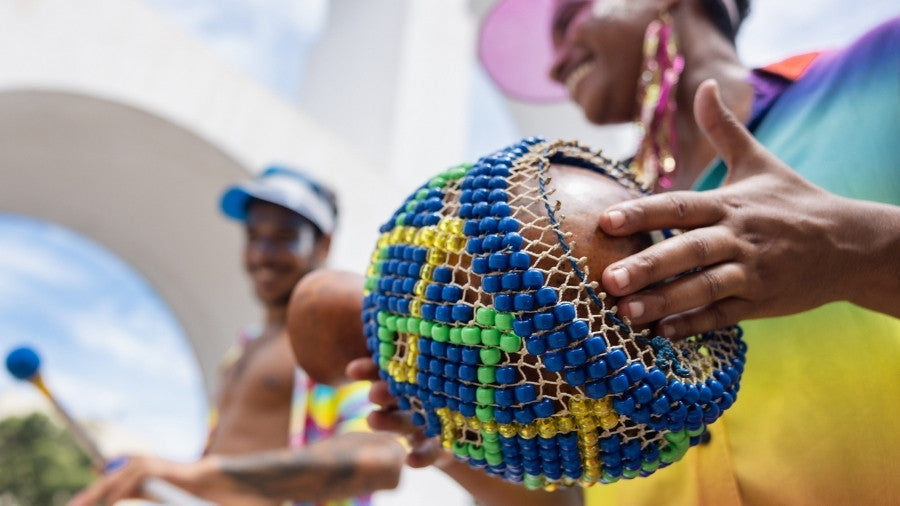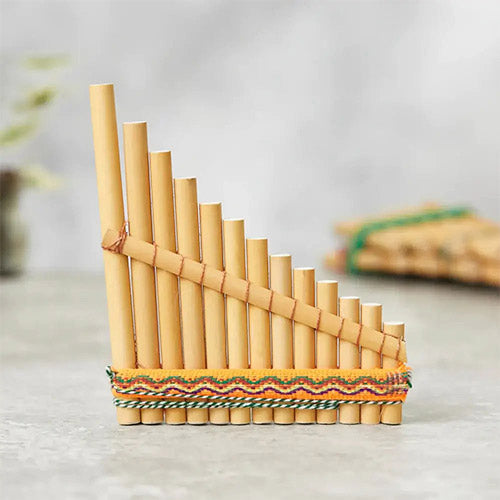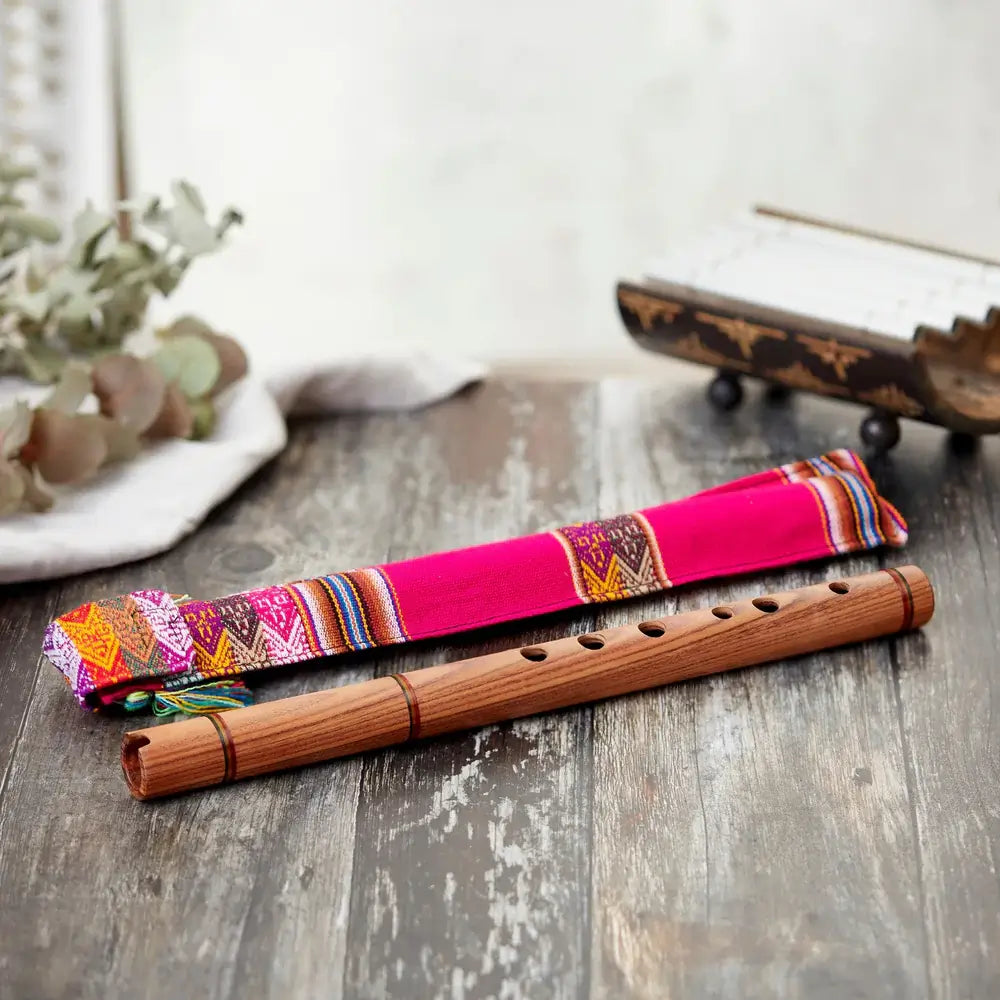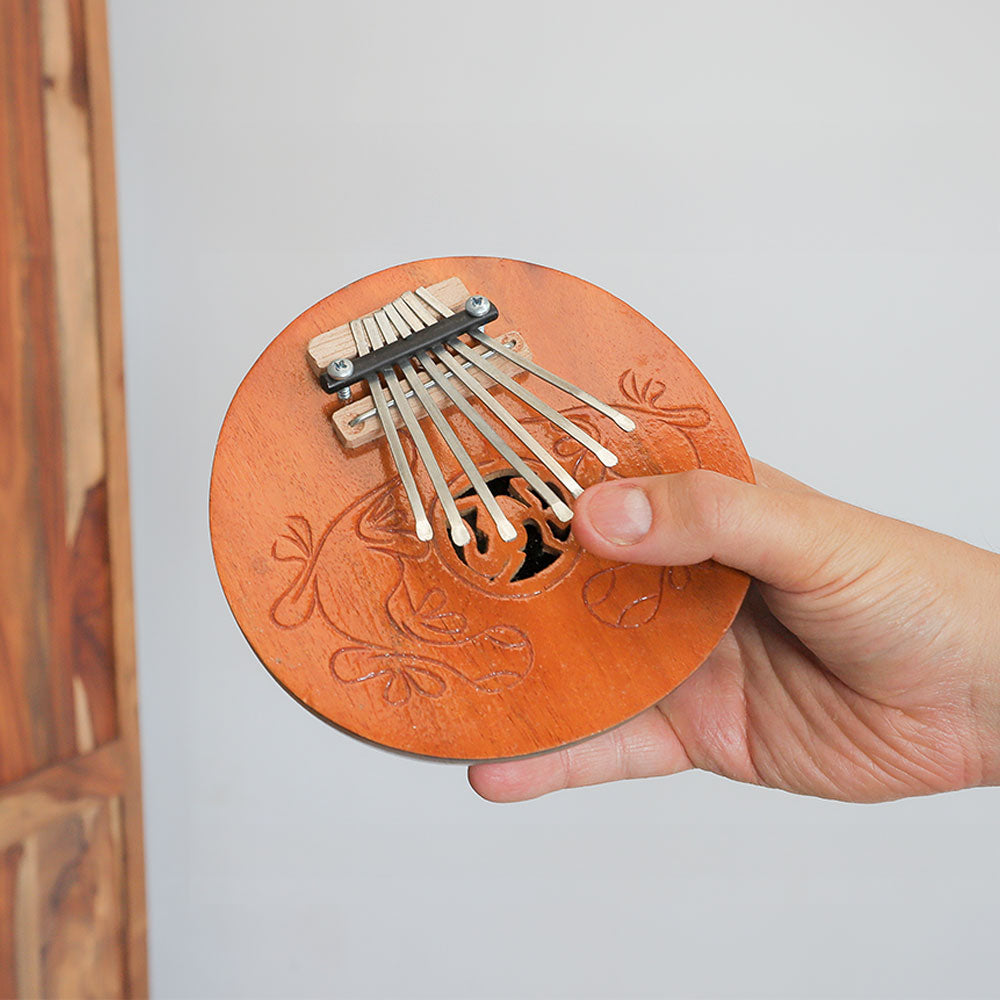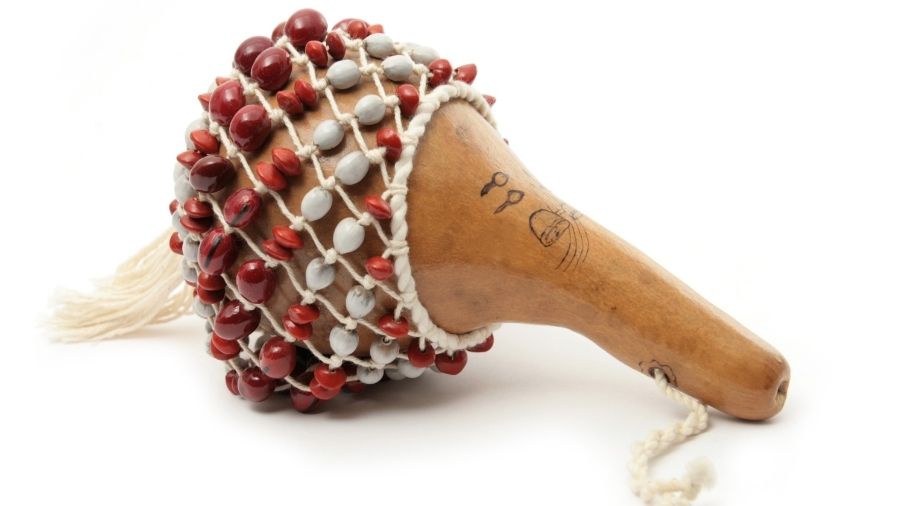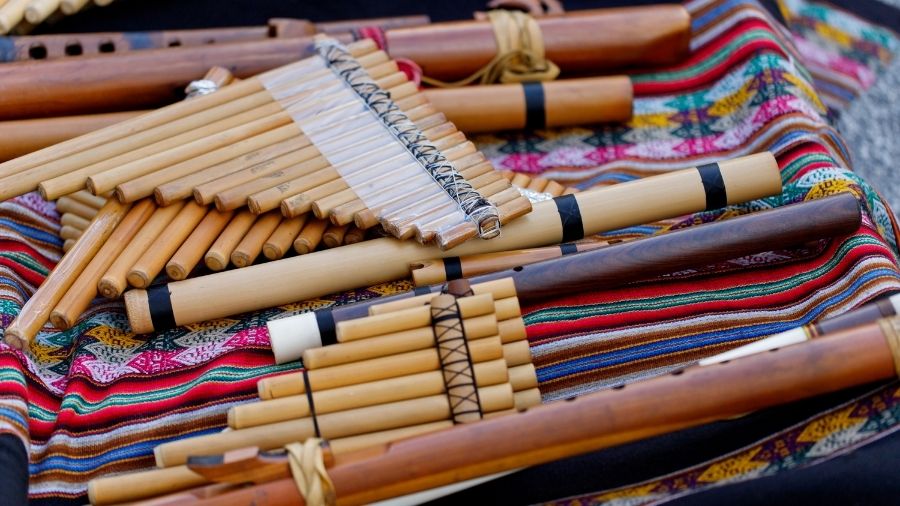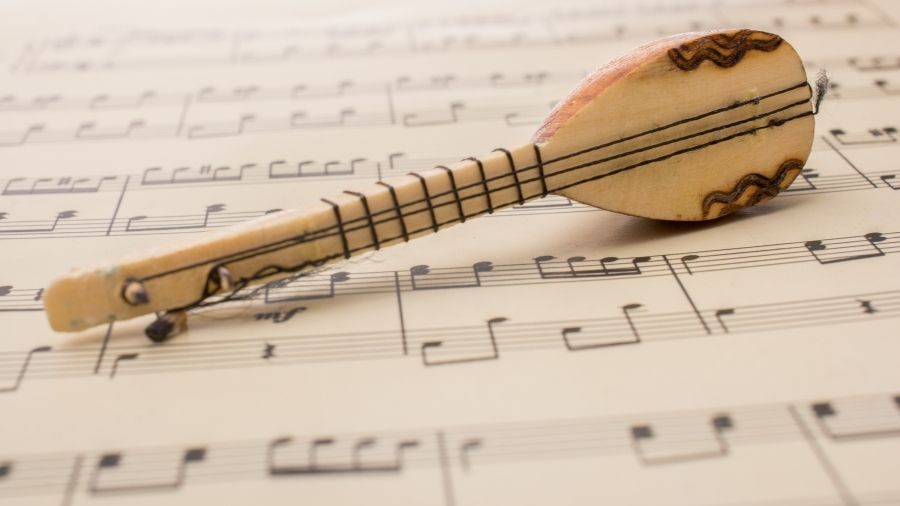The Shekere is also known as the Agbe, a traditional African shaker used in African and Caribbean music, particularly in Cuban and Puerto Rican rhythms. Its sound made it a popular instrument across various genres around the world.
The Shekere is typically crafted from a gourd, also called a calabash, which is shaped and hollowed out to create a resonating body. To create the shaker, beads (often Crow beads) are attached to the gourd, adding texture to the sound when shaken. The one I made uses Crow beads strung with nylon twine.
Choosing the Right Shekere for You
The gourds used to make the Shekere come in various shapes and sizes, and different gourds produce slightly different sounds. The pear-shaped gourd, like the one I've used, is ideal for this type of shaker, but there are other varieties, such as the "torpedo" gourd, which is typically used for the Weiro. The shape and size of the gourd affect both the tonal quality and the playability of the Shekere. Our featured Shekere above is crafted from durable fibreglass — offering the traditional sound with modern durability.
Discover the Fibreglass Shekere.
How to Hold the Shekere
To play the Shekere effectively, it's important to hold it correctly. Lightly grip the gourd between your two hands. One hand should gently wrap around the neck of the gourd while the other guides and controls its movement.
It's comfortable to position your fingertips at the bottom of the gourd to get better control and ensure a balanced sound when shaking it. This grip is comfortable and gives you more flexibility as you play.
Basic Playing Techniques
The key to playing the Shekere is understanding the motion. While moving the Shekere up and down might seem intuitive, the most effective technique is a side-to-side motion. This is how most experienced Shekere players play the instrument, especially those in salsa and other Latin music styles.
When playing, try moving the gourd more horizontally rather than vertically. This allows the beads to rattle and produce a richer sound. You can experiment with the speed and intensity of the shake to match the rhythm of the music. Watch some live performances of salsa music to see the professionals in action—you'll notice that the sideways motion creates a smoother, more fluid sound.
Playing the Shekere with One Hand
You can hold the Shekere with just one hand if you're playing with other instruments. This frees up your other hand to play a different instrument, allowing you to keep a steady beat. I often use this method when playing with a group, and it's an easy way to add texture without complicating the rhythm. The Shekere is a simple, dynamic instrument that is suitable for a variety of music genres. The instrument produces a unique sound from the gourd's body and the beads that rattle against it.

